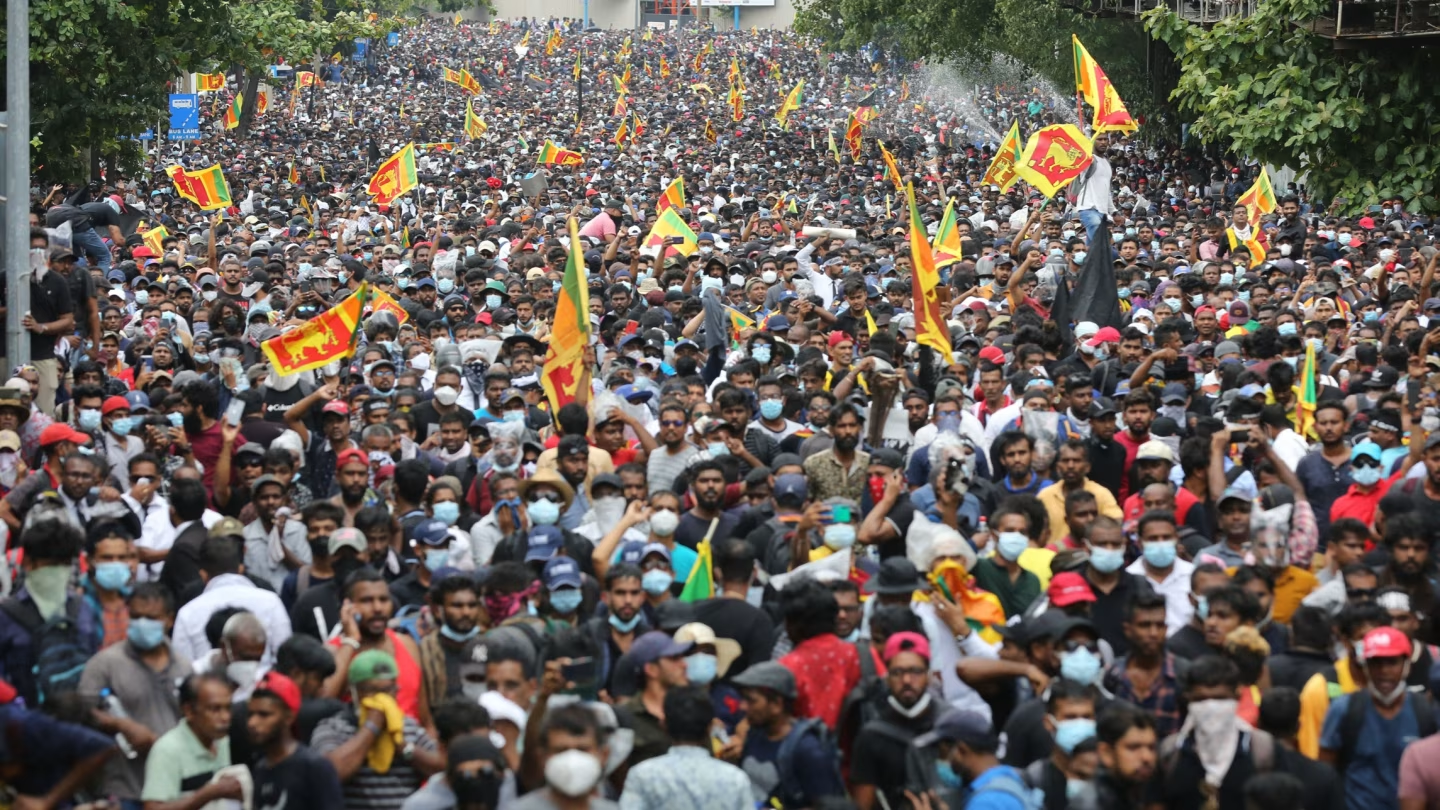Introduction: The impact of US interest rates on developing countries’ debt levels is a complex issue that can contribute to challenges in their economies. It is important to note that my response is based on general knowledge up until November 2023, and specific details or developments may have occurred after that time. Rising US Interest
Introduction:
The impact of US interest rates on developing countries’ debt levels is a complex issue that can contribute to challenges in their economies. It is important to note that my response is based on general knowledge up until November 2023, and specific details or developments may have occurred after that time.
Rising US Interest Rates:
When the US Federal Reserve raises interest rates, it can have a ripple effect on global financial markets. Higher US interest rates can lead to increased borrowing costs for developing countries, as many of them have debt denominated in US dollars or linked to US interest rates.
Debt Servicing Burden:
For developing countries with high levels of external debt, higher borrowing costs can increase the burden of debt servicing. This means that a larger portion of their budget needs to be allocated to paying interest on their debt, leaving less … resources available for other essential expenditures such as healthcare, education, and infrastructure development.
Capital Outflows:
Higher US interest rates can also lead to capital outflows from developing countries as investors seek higher returns in the US. This can result in a reduction in foreign investment and a tightening of liquidity in these economies, making it more challenging for them to … access financing for development projects and economic growth.

Image by: https://www. ft.com
Exchange Rate Pressures:
The impact of US interest rates on developing countries can also manifest through exchange rate pressures. As investors move their funds to the US, it can lead to a depreciation of the currencies of developing countries, making their imports more expensive and potentially … fueling inflationary pressures.
Policy Responses:
Developing countries facing the challenges of higher US interest rates may need to implement appropriate policy responses to mitigate the impact. These responses can include measures such as fiscal consolidation, structural reforms to enhance competitiveness, diversification of funding sources, and strengthening of domestic financial systems.
Conclusion:
It is important to note that the impact of US interest rates on developing countries’ debt levels can vary depending on the specific circumstances of each country, including their level of indebtedness, economic fundamentals, and policy frameworks. International cooperation and support, such as debt relief initiatives and financial assistance, can also play a role in addressing the challenges posed by the “silent debt crisis” in developing countries.
Visual Table:
| Key Points | Implications |
|---|---|
| ‘Silent Debt Crisis’ in Developing Countries | Significance of the Economic Struggles in the Developing World |
| US Interest Rates and their Impact | Exacerbation of Financial Stress for Developing Nations |
| Unique Vulnerabilities in Developing Economies | Pressures Faced in Light of Rising Interest Rates |
| Policy Measures to Mitigate Impact | Strategies Implemented by Policymakers to Address Challenges |
| International Cooperation in Crisis Resolution | Role of Global Institutions in Alleviating Debt Burden |
Organic Keyword Usage:
- Silent debt crisis in developing countries, US interest rate impact, economic vulnerabilities, policy responses, international cooperation in debt resolution.

















Leave a Comment
Your email address will not be published. Required fields are marked with *